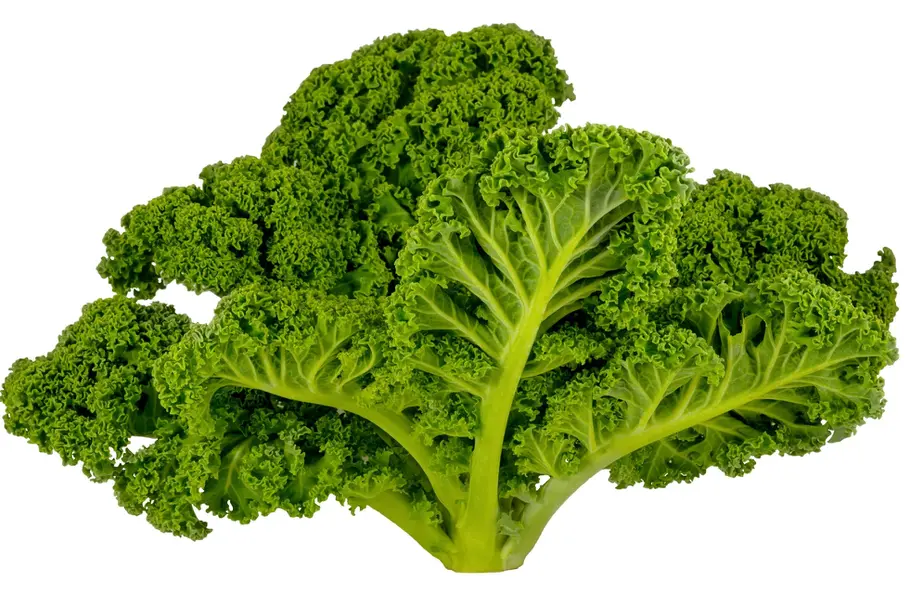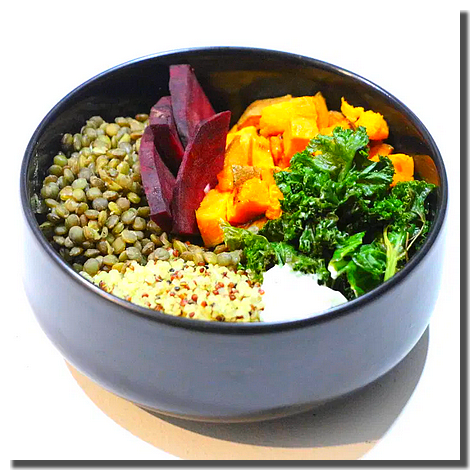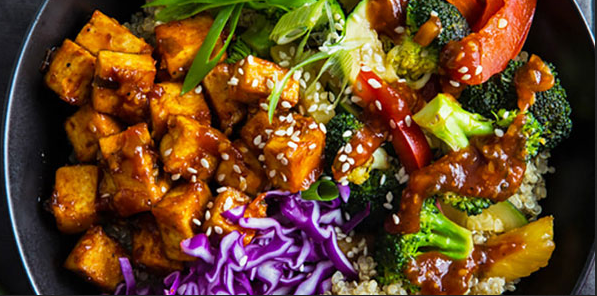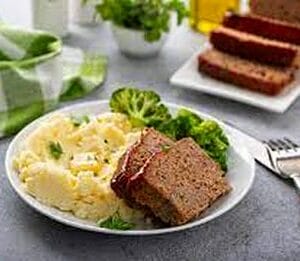History and characteristics of kale
Kale is a very old variety of green cabbage: in ancient times, it was already eaten by the Romans. In France, it was very popular during the Middle Ages, before gradually falling into disuse… In the 17th century, kale spread beyond Europe’s borders: it was imported to North America by English sailors.
Calories and nutritional information for kale
The caloric intake of kale, also known as “green kale”, is modest (50 kcal/100 g raw cabbage), but that’s far from its only advantage.
Indeed, its greatest asset is its exceptional nutritional composition: its high content of nutrients essential to the body even classifies it as a “superfood”.
Its vitamin A concentration, in particular, is impressive: around 770 μg per 100 g of raw cabbage. An adult woman’s daily vitamin A requirement is 700 μg (900 μg for a man). In other words, you only need to eat a few kale leaves to cover your needs! This is all the more important as vitamin A has several important functions in the body: among other things, it is essential for healthy eyes and skin, and is involved in the functioning of the immune system.
Kale also makes it easy to meet your needs for vitamin C, a powerful antioxidant that slows down the aging of cells, including those in the skin: ideally, an adult (of any sex) should consume at least 110 mg of vitamin C a day. Yet 100 g of raw kale provides 120 mg of vitamin C…
Vitamin K is also an important component of the vitamin cocktail provided by kale. As well as being necessary for blood clotting, it helps prevent osteoporosis. 100 g of raw kale contains almost 820 μg: more than enough to meet the recommended daily allowance of 90 µg for an adult woman and 120 µg for a man.
In addition to vitamins, kale is an important source of mineral salts, particularly calcium, needed for strong bones (135 mg per 100 g of raw kale). This makes this vegetable one of your best health allies if, for one reason or another (e.g. veganism, lactose intolerance), you can’t consume dairy products, which remain the most important sources of calcium. Kale also contains a significant amount of potassium (around 450 mg per 100 g of raw kale), essential for muscle contraction and nerve impulse transmission, and very useful for combating high blood pressure.
Finally, thanks to its high fiber content (2.4 g per 100 g), kale slows the passage of glucose into the bloodstream. In other words, this vegetable helps control glycemia (the amount of glucose in the blood), which is particularly useful in cases of diabetes.




